If you’re familiar with lighting, there’s a good chance that you have thought about how Kelvin, or color temperature, can affect the outcome of a lighting project. Certain Kelvin temperatures are generally used for certain applications and not for others. In the world of film and cinematography, it is important to be able to create different worlds and moods using lighting, and much of this comes down to Kelvin. Ambient lighting, both natural and artificial, also plays a crucial role in influencing the overall mood and atmosphere of a scene. Learn about types of film lighting and why 5700 Kelvin matters.
Understanding Cinematic Lighting
Cinematic lighting is a crucial aspect of filmmaking that can make or break the mood and atmosphere of a scene. It is a creative interpretation that can be achieved on any budget, and it requires a deep understanding of the principles of light and how to manipulate them to achieve the desired effect. Whether you’re working with a high-end production or an indie film, mastering cinematic lighting can elevate your storytelling, making scenes more compelling and visually engaging. By carefully choosing and positioning your light sources, you can create a wide range of moods, from the stark contrast of low key lighting to the bright, even illumination of high key lighting.
Principles of Light
The principles of light are the foundation of cinematic lighting. They include the understanding of light sources, light intensity, light direction, and light color. Light sources can be natural, like sunlight, or artificial, such as LED or tungsten lights, and they can be used to create a variety of effects. Light intensity refers to how much light is emitted by a light source, and it can be adjusted to achieve the desired effect, whether it’s a soft, ambient light or a harsh, focused beam. Light direction is about where the light is coming from and can dramatically alter the look and feel of a scene, creating depth and dimension. Lastly, light color, determined by the Kelvin temperature, can set the tone of a scene, from the warm hues of a sunset to the cool, clinical feel of a fluorescent light. Understanding these principles allows filmmakers to craft scenes that are visually striking and emotionally resonant.
Types of Cinematography Lighting: Low Key Lighting
In the film world, there are four main types of light sources used and each comes with its own unique Kelvin range — Tungsten, HMI, fluorescent, and LED. LED lighting has the widest possible Kelvin range of all typical film lighting, available in 2200K all the way up to 10,000K+. LED is also the most efficient type of cinematography lighting there is, lasting for hundreds of thousands of hours. A common issue with LED lighting is that it often isn’t bright enough to light film sets well enough, but higher wattage fixtures solve this issue easily.
The three-point lighting setup is a basic lighting technique that is used in film. Understanding and implementing basic lighting techniques is vital for filmmakers to achieve specific visual styles and narrative impacts in their projects. The key light is the primary source of light and is usually placed to one side of the camera to create shadows and depth. The fill light is used to fill in the shadows created by the key light, providing a softer light that reduces harsh shadows and adds detail to the darker areas. Fill lighting is crucial for eliminating shadows and enhancing texture and dimension in a scene. The backlight, also known as the rim or hair light, is used to separate the subject from the background, adding depth and a three-dimensional quality to the scene. The strategic placement of key and fill lights around the camera enhances the subject’s features and creates depth.
Three Point Lighting Setup
The three-point lighting setup is a basic lighting technique that is used in film. It consists of three light sources: a key light, a fill light, and a backlight. The key light is the primary light source, and it is used to illuminate the subject, creating the main shadows and highlights. The fill light is used to fill in the shadows created by the key light, providing a softer light that reduces harsh shadows and adds detail to the darker areas. It is typically placed on the opposite side of the key light. The backlight, also known as the rim or hair light, is used to separate the subject from the background, adding depth and a three-dimensional quality to the scene. This setup is fundamental in film lighting techniques, providing a balanced and professional look that enhances the overall visual appeal.
Why 5700K?
When shooting a film scene, it is important to be able to recreate lighting as it would naturally appear in real life. Natural light is the illumination present in a scene before any artificial lights are used. This is done through several different methods including different light sources, using colored gels, and making use of dimming and white balance. Motivated lighting is a technique used to replicate natural light sources and enhance practical lights within a scene. Access Fixtures can provide the light sources for a variety of cinematography applications and effects. Practical lighting is crucial in creating a realistic and cinematic atmosphere.
Traditionally, the standard Kelvin temperate for what is known in the cinematography world as “indoor lighting” is 3200K, and the standard Kelvin for what is known in the cinematography world as “outdoor lighting” is 5600K. 5600K is also known as “daylight white” and makes scenes appear crisp, bright, and energetic. This Kelvin can also be naturally observed on a bright and sunny day. Access Fixtures carries LED luminaires that are available with 5700K, which is within the range of what is acceptably labeled as “outdoor lighting.” 5700K LED integrated fixtures are sometimes hard to come by and lamps do not provide the same lumen output as a larger fixture would.
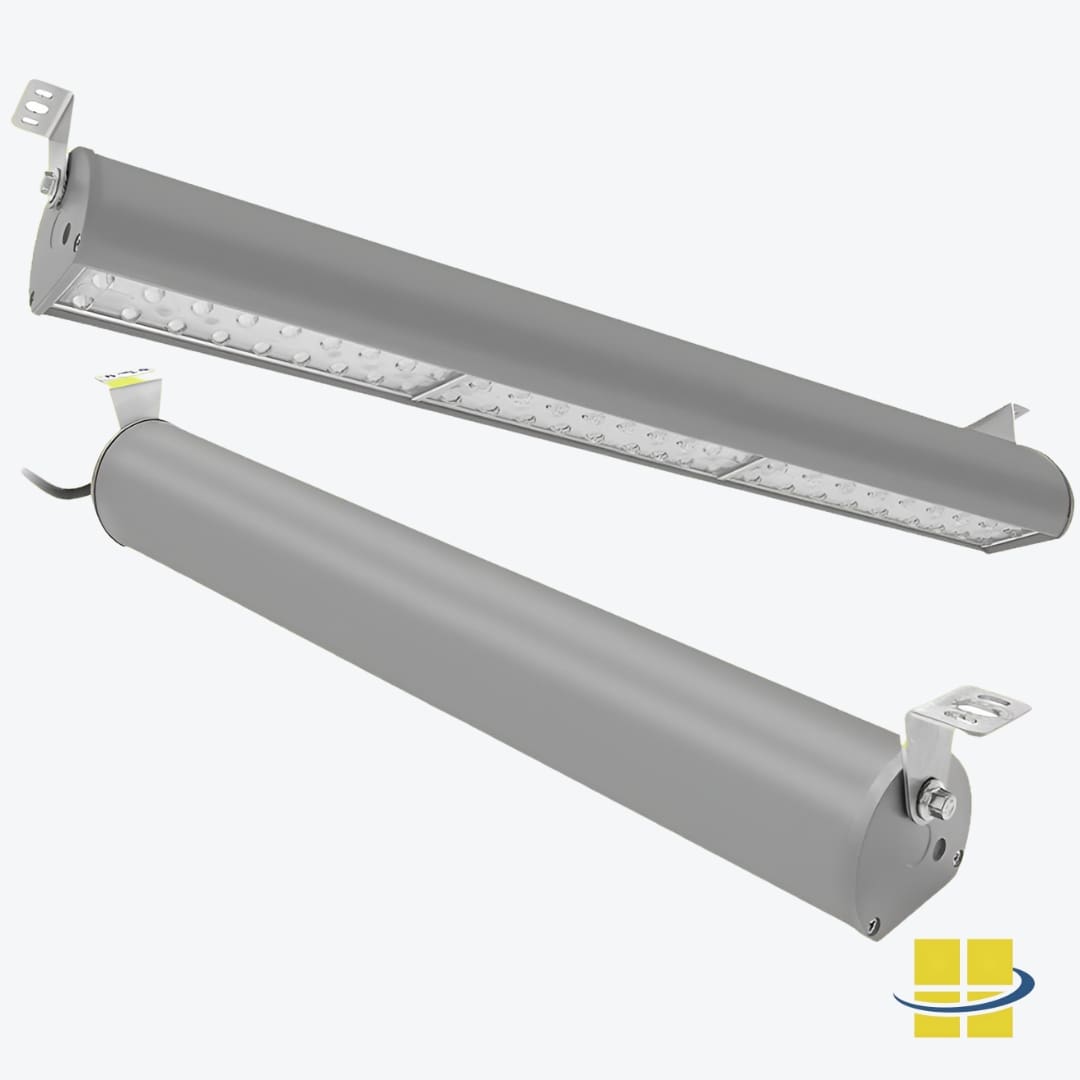
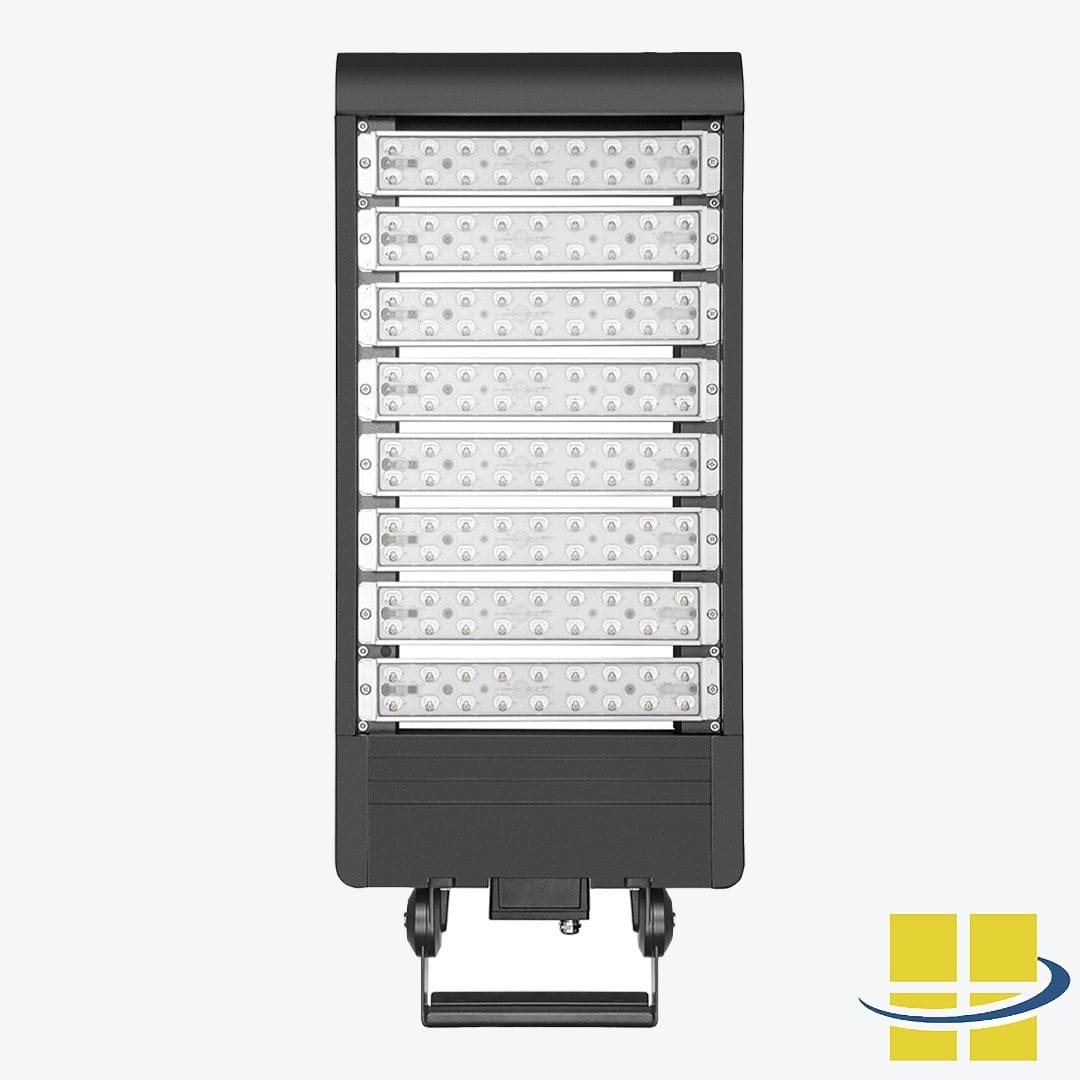
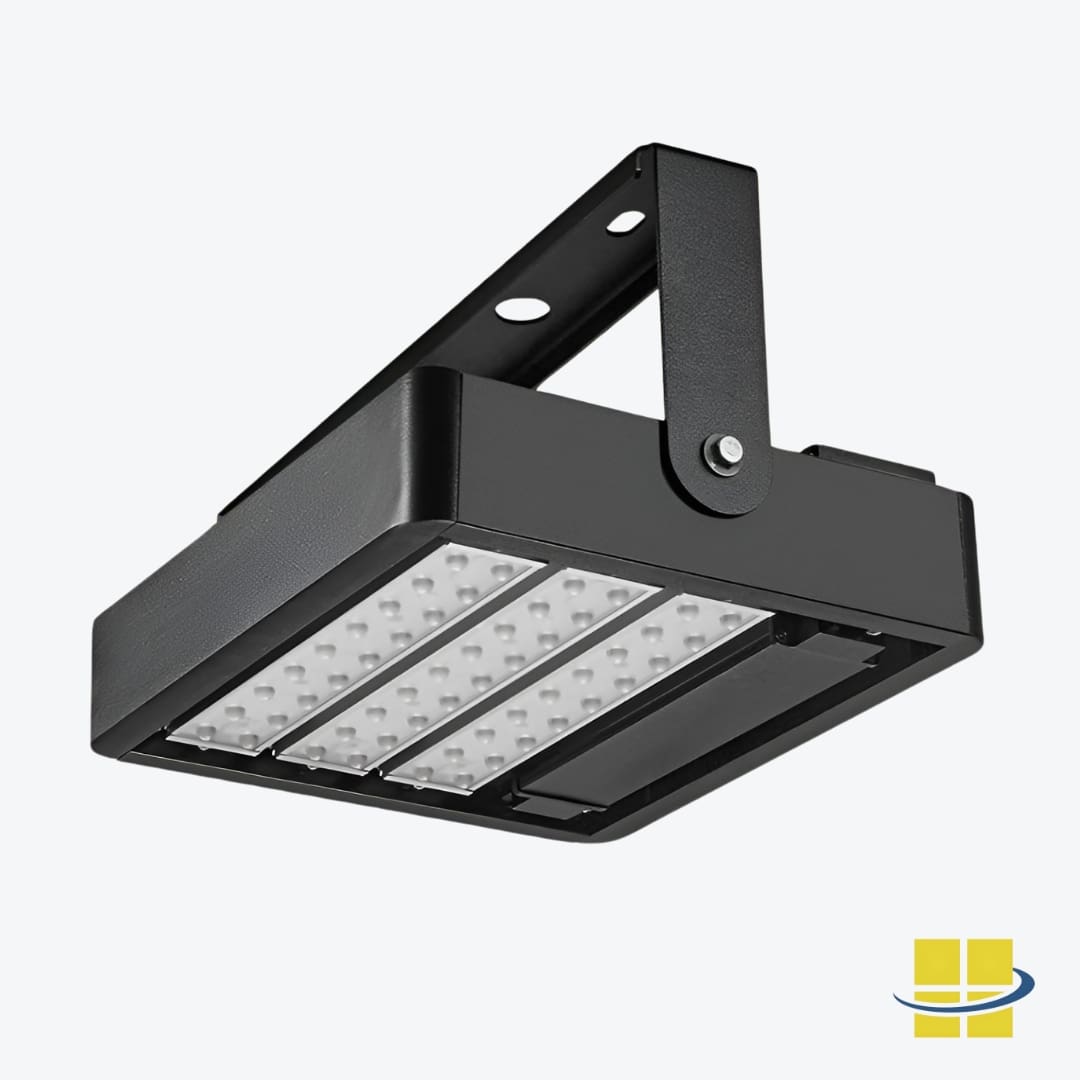
APTA fixtures are available in 5700K and also come in higher wattages for maximum lumen output, which can be a challenge for film lighting fixtures. EPTA fixtures are available as well for more specific applications.
All Access Fixtures cinematography lighting fixtures are available with multiple mounting options, wattages, finishes, dimming, and more. If you would like a quote for your cinematography lighting project, call 800-468-9925 or email [email protected] today.
Film Lighting Equipment and Roles
Film lighting equipment is used to create the desired lighting effect in a scene. It includes a variety of light sources, such as lamps, candles, and practical lights, which are everyday light sources that are visible within the scene. Practical lights can add a sense of realism and authenticity to a scene, making the lighting feel more natural. In addition to these light sources, film lighting equipment also includes light modifiers, such as diffusers and reflectors. Diffusers are used to soften the light, creating a more even and flattering illumination, while reflectors can bounce light into specific areas, adding highlights or filling in shadows. Understanding the roles of these tools and how to use them effectively is essential for achieving the desired lighting effects and enhancing the overall quality of the film.
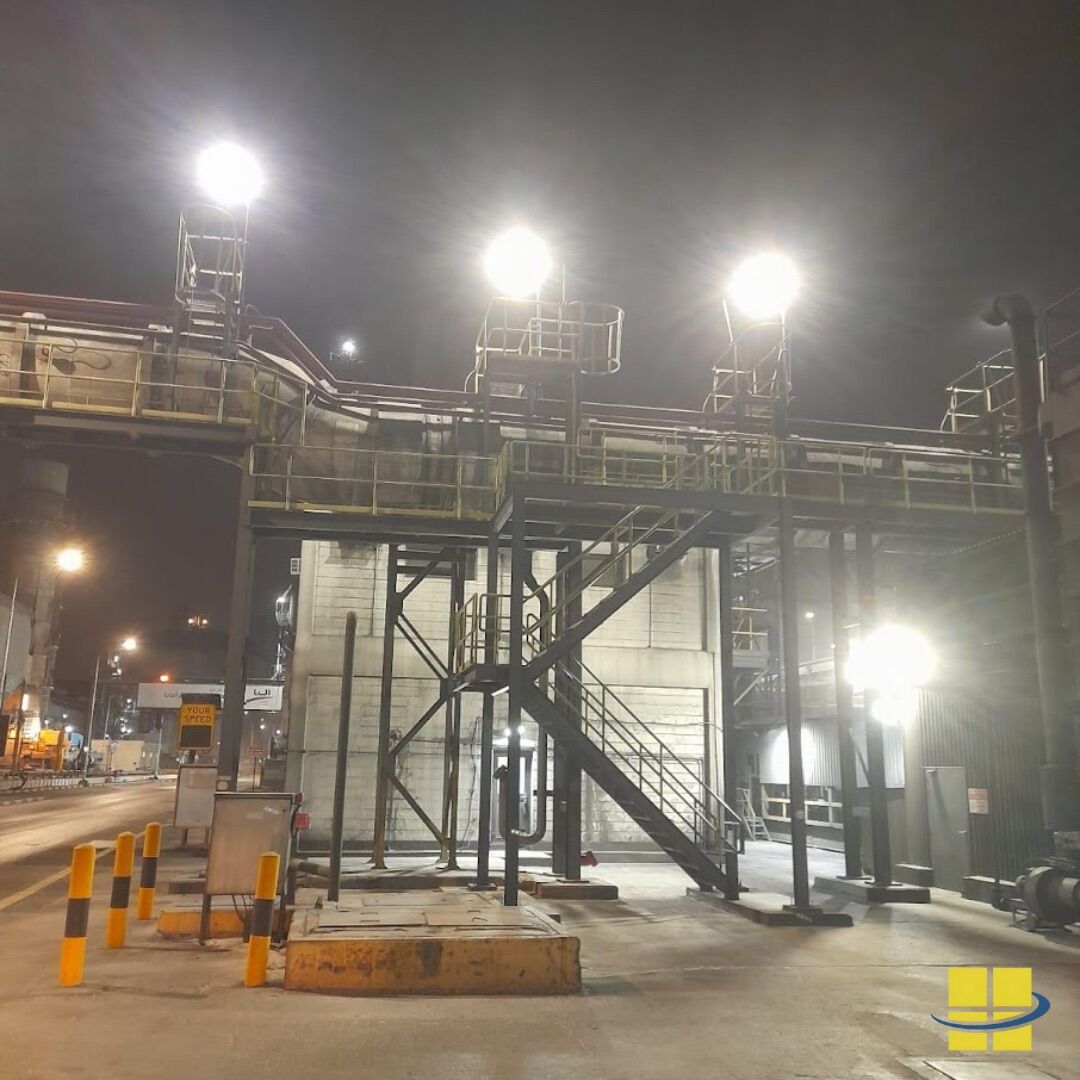
LED vs Induction Lamp: Why LED Outshines Induction, Ceramic Metal Halide, and Light Emitting Plasma Technology
LED vs induction lamp, ceramic metal halide (CMH) and light-emitting plasma. Comparing their efficiency, lifespan, cost, and applications

LED vs Induction Lamp: Why LED Outshines Induction, Ceramic Metal Halide, and Light Emitting Plasma Technology
LED vs induction lamp, ceramic metal halide (CMH) and light-emitting plasma. Comparing their efficiency, lifespan, cost, and applications
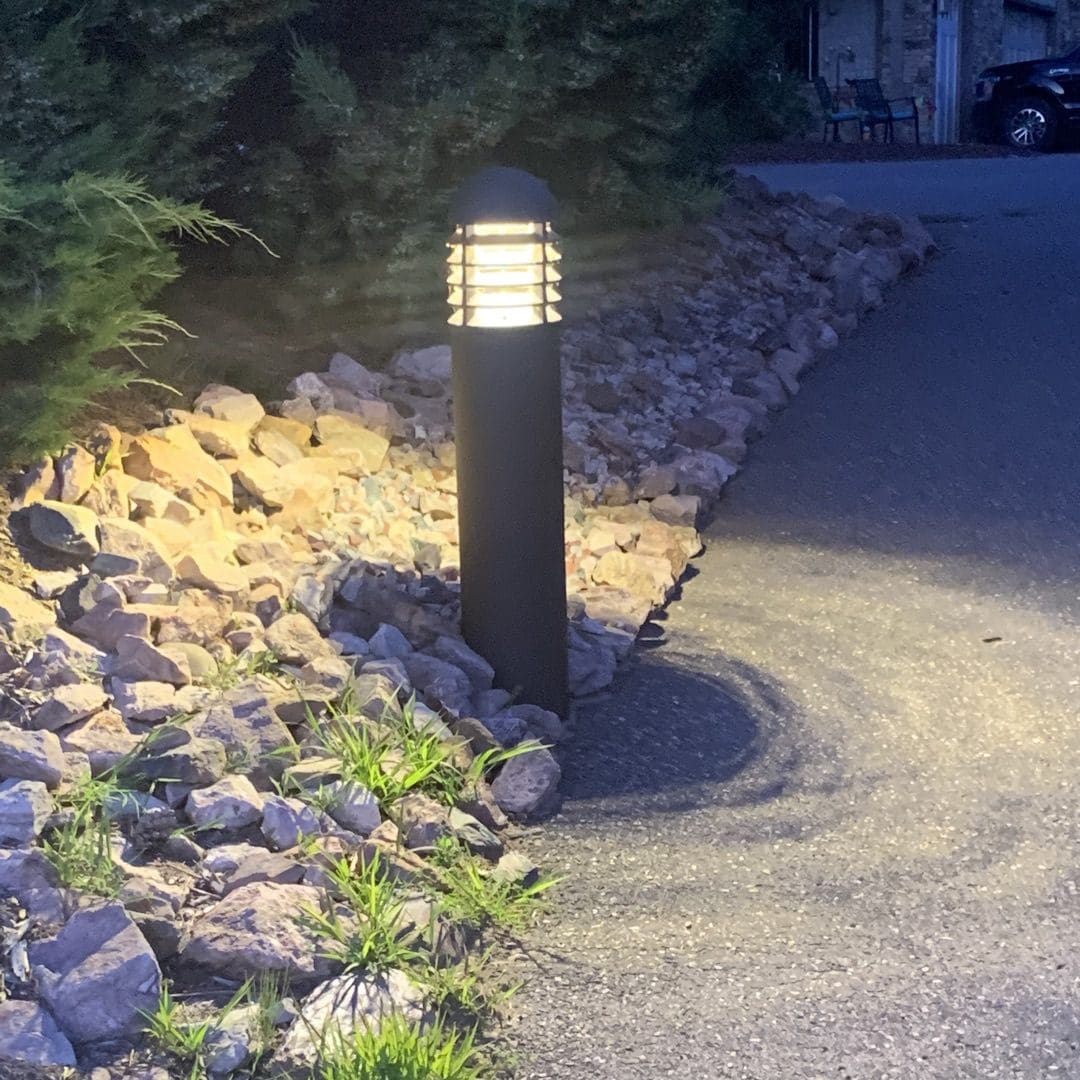
What is Bollard Lighting? Learn About LED Bollard Lights
What is bollard lighting? Discover everything about Bollard Lights, their types, uses, and installation tips in this comprehensive guide.
